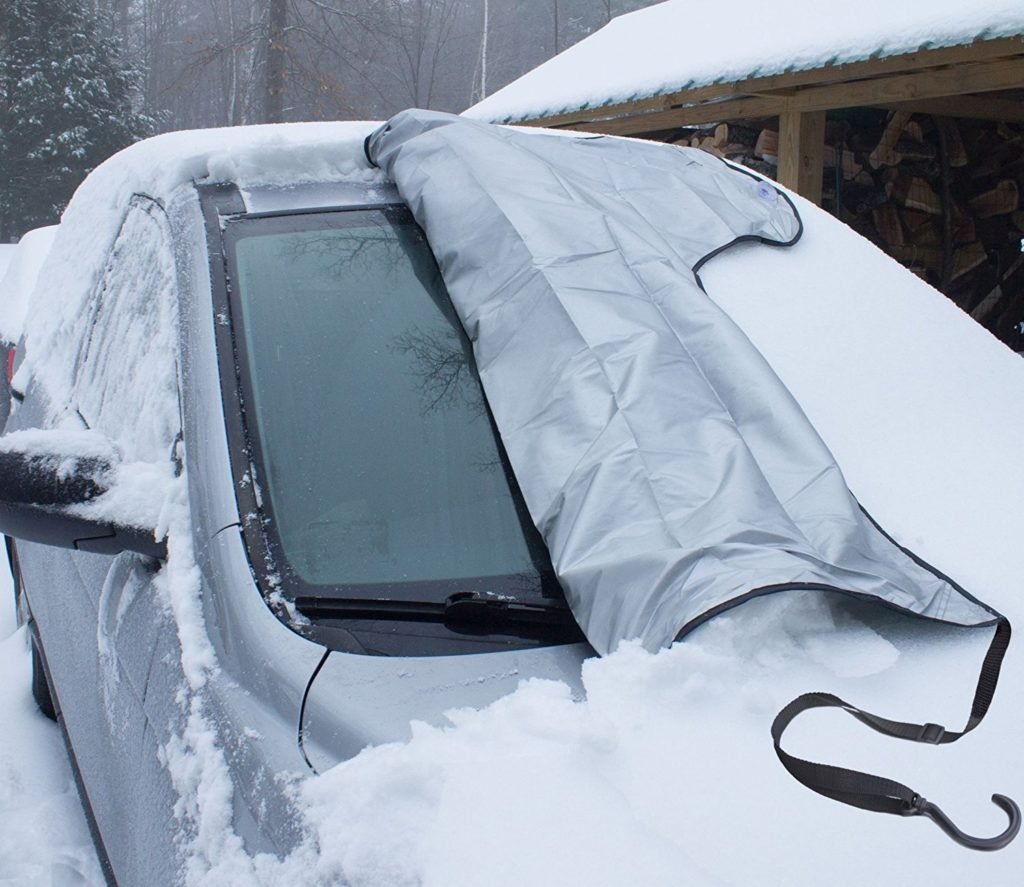
Curb your corrosive appetite
Content
The winter season is just around the corner, so it is not enough to remind you of the need to properly prepare your vehicles for adverse weather conditions. It is especially worth looking at the body of our car in search of possible traces of corrosion. The same should be done with closed profiles, transmission elements and the entire chassis. The latter, however, must be carefully examined by professionals.
What cars "love" corrosion?
Is it difficult to answer this question unambiguously? It all depends on the operating conditions and parking (under the notorious cloud or in a heated garage). Cars made a few years ago are more prone to rust than new ones. In many cases, this is due to the lack of factory protection against the effects of metal oxidation. The chassis of a car is the most vulnerable to damage. In winter, they are activated by the ubiquitous moisture, creating pockets of corrosion. In addition to all this, there is also the destructive effect of salt, which at this time is abundantly sprinkled on the roads. Owners of new cars that have a protective coating applied at the factory are in a better position. In the case of older cars, experts recommend chemical floor protection before the winter season.
Hydrodynamically and under pressure
Until recently, air spraying of an anti-corrosion agent was widely used. Currently, body and paint services offer another method, which consists in the hydrodynamic application of an anti-corrosion agent. Covers the entire surface of the chassis under high pressure 80-300 bar. Thanks to the hydrodynamic method, it is possible to apply a sufficiently thick layer of protective agent (which is difficult to obtain with air spray), which means that the chassis is better protected. The edges of the wheel arches and fenders are also susceptible to damage and corrosion. Microdamages caused by stones getting into them during movement lead to the development of corrosion centers during long-term operation. In a nutshell, repair consists of thoroughly cleaning the rust site, covering it with a primer, and then varnishing it.
Special stuff...
Corrosion also penetrates into other structural elements of the car, such as doors. Brown spots at the welding points of the sheets usually mean that rust has attacked the so-called closed profiles, i.e. body pillars and spars of floor panels (sills). How to protect yourself from it? The most common method of anti-corrosion protection is the injection of a special agent into the closed profile to protect against metal oxidation using an air gun. This procedure is performed using technological holes in the design of closed profiles (usually they are closed with plugs). In the absence of the latter, in some cases it may be necessary to drill new ones.
... Or a wax solution
According to many experts, special protective substances are more suitable for protecting the confined spaces of new retro cars. In the case of perennials, it is much more profitable to use preparations based on oils and resins or wax solutions. The disadvantage of using these substances is the periodic need to refuel them, as a rule, after a run of 30 thousand. km (cost in the range of PLN 250-300, depending on the workshop). Until recently, pure wax has been used for the maintenance of closed profiles in some car brands, such as Volkswagen cars. However, this method proved to be ineffective in the long run. Why? The protective layer formed by the wax quickly cracked as a result of the surface tension of the profiles during movement.
Mass in splines
It turns out that rust can also appear on the transmission parts of some car models. What parts are you talking about? First of all, about the so-called splines, lubricated at the factory ... with grease. We will see such a solution, including in some models of the Citroen C5, Mazda 626, Kii Carnival, Honda Accord or Ford Mondeo. Lubrication successively washed out by moisture leads to progressive corrosion of the splined teeth and damage to the connection, often even after two years of operation. Is there any advice and how to winterize a car with such “soldered” splines? Experts advise periodically checking them and, above all, lubricating them. An even better solution would certainly be to replace the lubricant with o-rings or fluid seals that are resistant to moisture penetration. You can also decide to fill sensitive joints with a special plastic mass.
